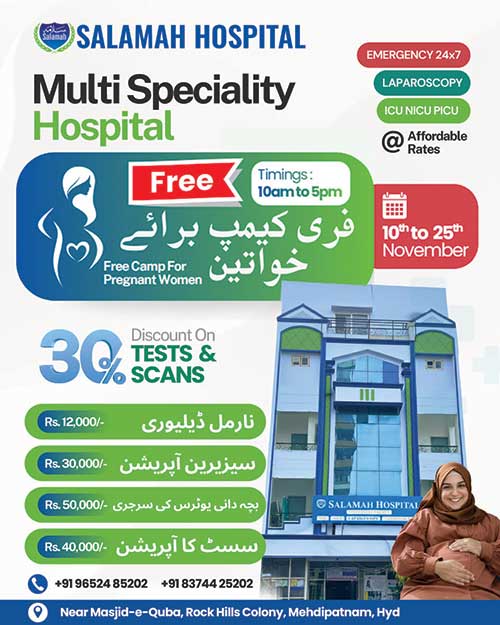Debunking top 5 myths about glaucoma the ‘silent thief of sight’
Glaucoma is often called the 'silent thief of sight' because people will not notice symptoms until the disease has reached moderate or advanced stages.

Glaucoma is a complex eye disease that can cause progressive damage to the optic nerve, leading to irreversible vision loss and blindness. Unfortunately, there are many myths surrounding this condition that can lead to confusion and a lack of proper treatment. Let’s debunk the top 5 most common myths about glaucoma:
Myth #1: Glaucoma only affects the elderly. While people over 60 are at greater risk of developing open-angle glaucoma, other types of glaucoma can affect people as young as infants. Irregular ocular development, drainage blockages, and other medical conditions can all lead to the development of glaucoma. Hence, it is important for people of all ages to undergo regular eye exams to catch glaucoma early.
Myth #2: Glaucoma does not have treatment. While glaucoma is not curable, it can be treated with medications, including eye drops and oral therapies. Continuous monitoring and early screening, and proper medication by ophthalmologists are essential for preventing blindness.
Myth #3: Excessive screen time causes glaucoma. While prolonged screen time can cause eye strain and discomfort, there is no scientific evidence to suggest that it increases the risk of developing glaucoma.
Myth #4: Glaucoma can be treated with home remedies. While some natural remedies may be beneficial for other health issues, there is no scientific evidence to suggest that they can cure glaucoma. Proper treatment for glaucoma requires medication and monitoring by an ophthalmologist.
Myth #5: People with good vision do not have glaucoma. Glaucoma is often called the ‘silent thief of sight’ because people will not notice symptoms until the disease has reached moderate or advanced stages. Even people with perfect vision can develop glaucoma, so it’s important for everyone to undergo regular eye exams for early diagnosis and treatment in the early stages.
It is important to note that many people often confuse cataracts with glaucoma, which share some risk factors and similar symptoms. However, they have different causes, treatments, and outcomes. Glaucoma is caused by a buildup of fluid inside your eyes whereas cataracts are caused by the accumulation of broken-down proteins in your eyes. Therefore, it’s important to receive a proper diagnosis from an ophthalmologist to receive the right treatment and prevent further complications.
Glaucoma is a highly misunderstood disease, and unfortunately, many people remain unaware of their condition until it has progressed to a severe stage. While many people go for regular body check-ups, they often miss out on a routine eye check-up. Without a timely diagnosis, glaucoma can accelerate permanent vision loss or even lead to blindness. Although treatments can slow down further vision loss, they cannot restore vision. However, with proper medication and treatment from ophthalmologists, it is possible to protect the eyes from permanent blindness.
Dr Harsh Kumar, Cataract Surgery and Glaucoma Treatment, Centre for sight said, “As an ophthalmologist, I strongly encourage individuals to prioritize their eye health with regular eye exams. In my practice, I have observed that one out of eight people above the age of 40 are either glaucoma suspects or have glaucoma. All adults should undergo a comprehensive eye exam for glaucoma every 2 years. However, those over the age of 40 or with a family history of the disease should increase the frequency to every 1 to 2 years. One can suffer from irreversible sight damage if glaucoma is left untreated or diagnosed late hence the requirement of regular checks.”
In conclusion, debunking these common myths can help people better understand glaucoma and the importance of regular eye exams.

